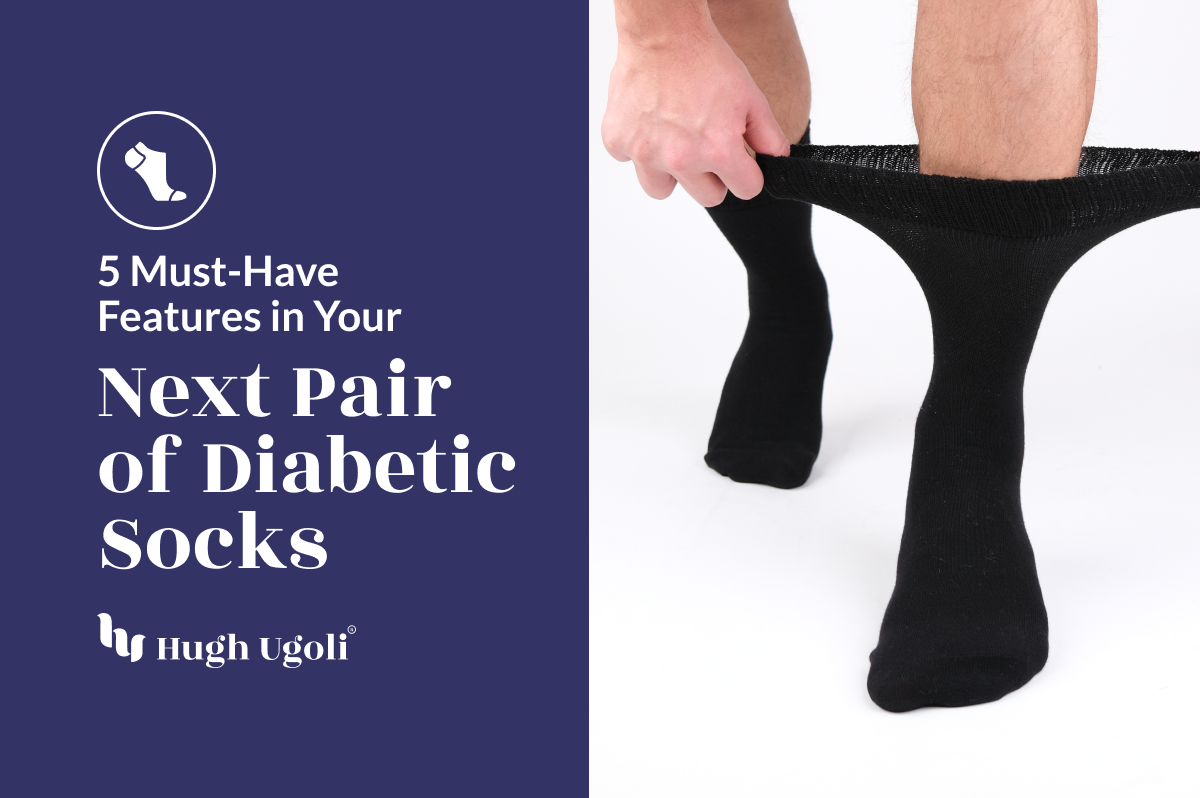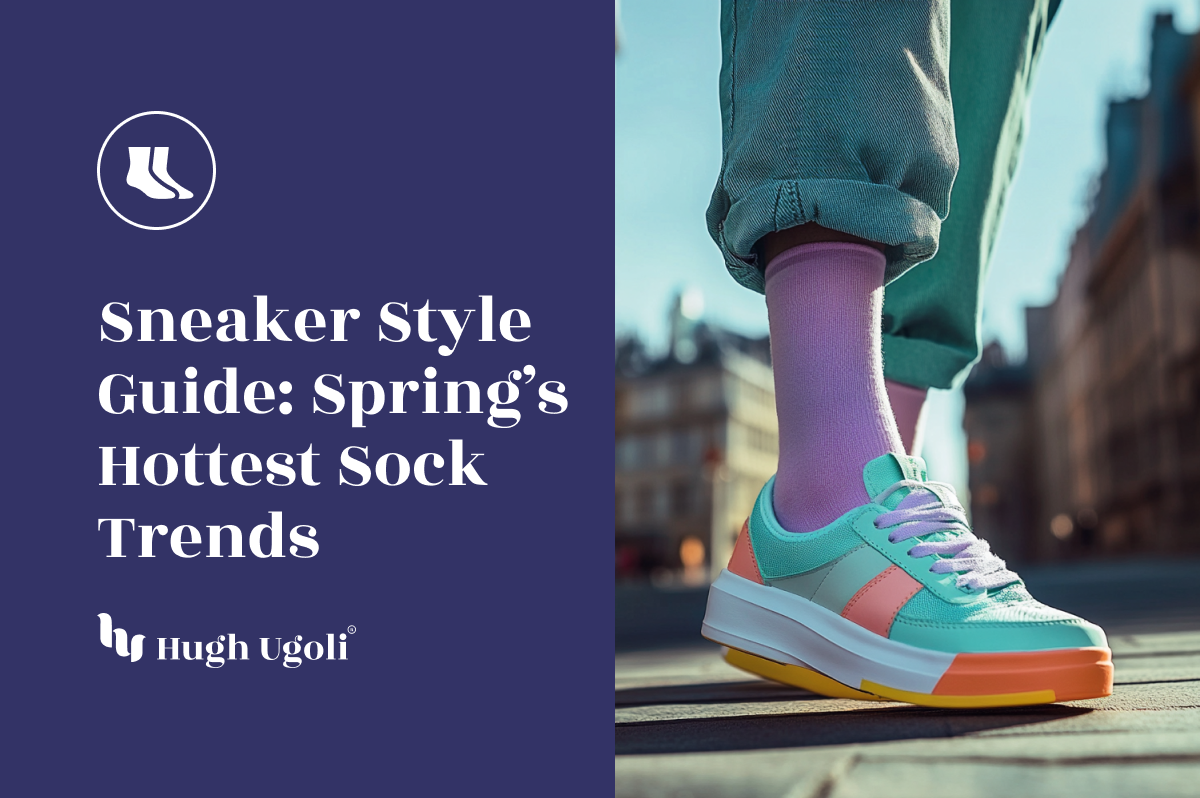Living with diabetes necessitates a unique approach to everyday health management, with foot care being paramount. Diabetic socks are essential, offering specialized features beyond regular socks' capabilities. Understanding these features helps in making an informed decision for optimal foot health. Let’s delve deeper into the must-have attributes of diabetic socks.

1. Non-elastic and Non-Binding Top
Conventional socks often feature snug elastic bands that can impede circulation, a concern for individuals with diabetes who face circulation issues. Diabetic socks come with a non-elastic, non-binding top, ensuring they do not constrict the leg or impede blood flow. This design promotes healthier circulation and reduces the risk of blood flow restrictions, which is crucial for preventing complications like edema or deep vein thrombosis.
2. Moisture-Wicking Material
Foot moisture is a breeding ground for fungal infections, especially in diabetes, where skin infections can escalate rapidly. Diabetic socks made from synthetic blends like polyester and nylon or natural fibers like wool and bamboo excel in moisture management. These materials wick away sweat and moisture from the skin, keeping the feet dry and at a lower risk for fungal infections, blisters, and other moisture-related complications.
3. Seamless Construction
The slightest friction or pressure can cause skin breakdown in diabetic feet, leading to ulcers. Diabetic socks boast a seamless design that eliminates potential hotspots caused by traditional sock seams. This feature is crucial for those with neuropathy, as even minor irritations can lead to serious foot injuries. The seamless construction ensures a smooth fit, reducing the risk of blisters, calluses, and ulcers, which are particularly problematic in diabetic foot care.
4. Cushioned Soles for Extra Comfort and Protection
The padding in diabetic socks serves multiple purposes. It provides comfort for sensitive feet, reduces the impact while walking, and offers protection against foot injuries. This cushioning is strategically placed in high-impact areas to absorb shock and lessen pressure on the soles. It's especially beneficial for those with neuropathy or foot deformities, as it helps distribute pressure evenly and prevent foot injuries.
5. Antimicrobial Features to Fight Infection
Infections are a significant risk for people with diabetes due to compromised immune systems and slower healing processes. Diabetic socks with antimicrobial properties are treated with substances that prevent the growth of harmful microorganisms. This feature is crucial for minimizing the risk of infections, which can escalate into severe complications in diabetic individuals. By wearing socks with antimicrobial properties, you take an active role in preventing foot infections.
Choosing diabetic socks involves more than just picking a comfortable pair. These socks are a critical component of diabetic foot care, designed to address the unique needs of individuals managing diabetes. With features like non-binding tops, moisture-wicking materials, seamless construction, cushioned soles, and antimicrobial properties, diabetic socks provide the necessary support to maintain foot health.
Viewing these socks not just as a clothing item but as a vital part of your healthcare regimen is essential. By selecting socks with these specialized features, you ensure your feet receive the protection and care they need to stay healthy and comfortable.
















